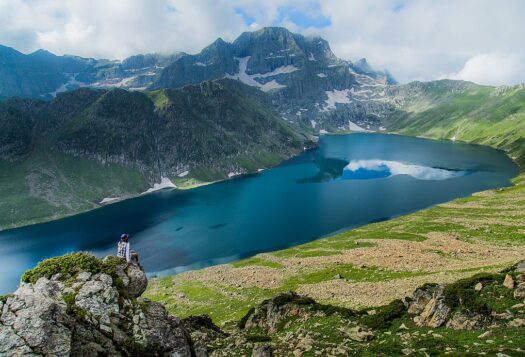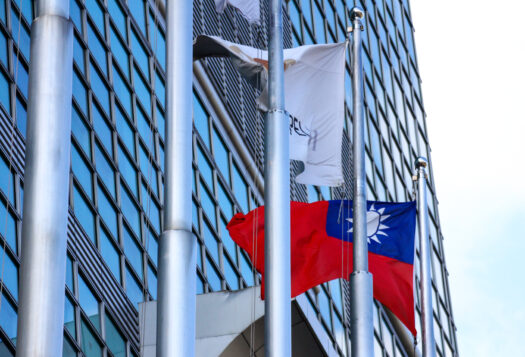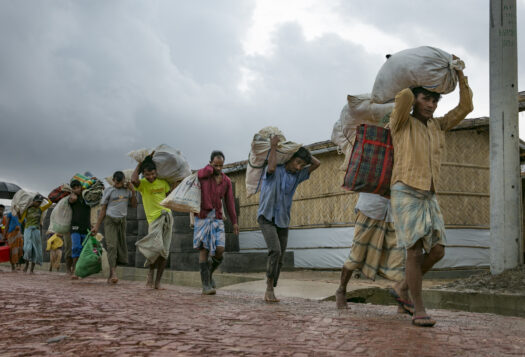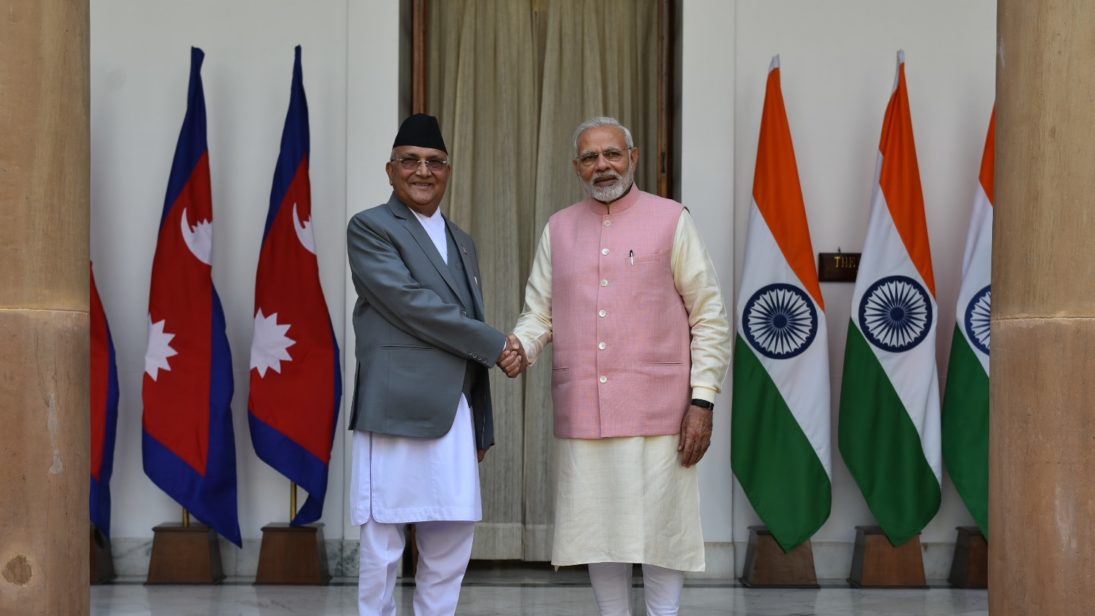
Last week marked Prime Minister K.P. Oli’s first visit abroad since assuming office in February and his destination was Nepal’s southern neighbor, India. As bilateral visits go, it was low on substance with few new agreements announced and Prime Minister Oli focusing more on the expeditious completion of past projects. However, the significance of the visit lay in changing the Nepal-India dynamic, which has been fraught with tension for the last three years. If the old relationship between the neighbors hinged on India acting like Nepal’s big brother, Oli successfully changed that with this visit, basing the new Nepal-India relationship on friendship among sovereign equals.
New Rules of Engagement
Newly-elected Oli journeyed to India seeking to turn the page on the bitter bilateral ties between the two countries since 2015. Relations had soured after India tried to arm-twist Nepal into amending its constitution by imposing an unofficial trade embargo in Nepal. However, even as he extended a hand of friendship towards India during this recent visit, Oli clearly articulated that going forward the relationship should be based on “mutual respect and with respect for each other’s dignity and sovereignty.”
Traditionally, due to the 1950 Treaty of Peace and Friendship between India and Nepal and India being a much larger neighbor, New Delhi has enjoyed unique leverage over Kathmandu’s affairs. However, many in Nepal believe that the treaty has undermined Nepal’s sovereignty and the time has now come for a more independent Nepal to emerge. Oli, having received a resounding mandate in the recent election and with the support of two-thirds of the 275-member parliament, represents this sentiment and has asserted that both Nepal and India “need to be aware of…each other’s concerns and sensitivities.”
The issue of cross-border electricity trade is a case in point. During the visit, Oli stressed that cross-border electricity trade with India must be carried out as per the 2014 bilateral agreement that “allows non-discriminatory access to the cross-border interconnection(s) for all authorized/licensed participants in the common electricity market” and not according to the 2016 guidelines issued by the Indian power ministry that prohibit private and third country hydropower developers in Nepal from exporting electricity to India with a one-time approval. Nepal had earlier asserted that these rules were discriminatory and contrary to the spirit of the 2014 agreement, a concern Oli repeated during his visit to New Delhi.
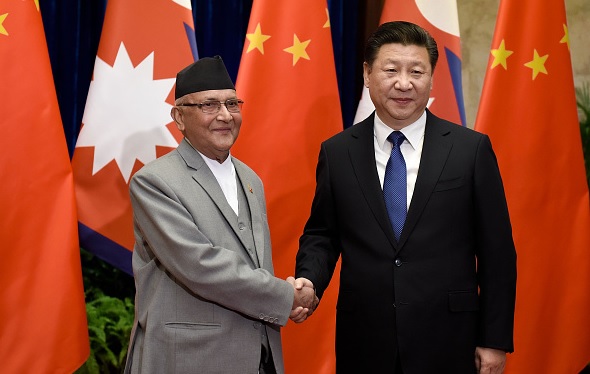
India now seems more receptive to Nepal’s concerns because Oli has a close relationship with China and Beijing has been increasing engagement with the Himalayan Kingdom over the last few years. Looking for an alternative following the 2015 blockade, Nepal turned to its northern neighbor China. The two signed a Trade and Transit Treaty in 2016 and Nepal even joined the Belt and Road Initiative (BRI) last year. From hydro projects to building infrastructure, China has been making inroads into Nepal along with enjoying a cordial relationship with the political leadership.
In the face of this growing relationship, New Delhi has recalibrated its foreign policy and is trying to woo Nepal back. In January, Indian Prime Minister Narendra Modi telephoned Oli twice to congratulate him for winning the elections while Indian foreign minister Sushma Swaraj carried a message of cooperation on an unofficial visit to Nepal in February. And last week, Modi rolled out the red carpet for Oli’s state visit to India.
Focus on Connectivity
During Oli’s visit, the two prime ministers jointly inaugurated the Integrated Check Post (ICP) at Birjung along with the groundbreaking ceremony of the Motihari-Amlekhgunj cross-border petroleum products pipeline in Motihari. Since 58 percent of Nepal’s imports come from India, the operationalization of the ICP is a welcome move as it is expected to enhance cross-border trade and transit of goods coupled with the movement of people. Meanwhile, the petroleum pipeline could serve as an alternative means of cross-border fuel supply instead of transporting it by road.
However, the major focus of bilateral talks was on connectivity. Though Oli mainly stressed timely implementation of past projects rather than announcing new ones, two of the three agreements that were signed dealt with cross-border connectivity through rail and inland waterways.
This is significant because India seems to be following in China’s footsteps to enhance connectivity with Nepal. At the moment, there is no functional direct rail link from India to Nepal—the upgradation of the colonial rail link that existed between Jainagar in India and Jankapur in Nepal is ongoing but has faced long delays. New Delhi considers Beijing’s continued efforts to build connectivity corridors and deepen economic engagement with Kathmandu as a serious threat to its strategic significance in Nepal and thus, it is trying to counter Beijing with initiatives of its own. For instance, the Kathmandu-Raxaul railway project announced during Oli’s visit could be a counter to China’s Nepal-Tibet railway project under construction.
These are the traps that the Nepali government should be cognizant of. There is enough space for both India and China to work in and with Nepal. As long as New Delhi understands that and delivers on new projects as well as fulfills past commitments, it can have a positive effect on Nepal-India relations.
Where do Nepal and India Go From Here?
Prime Minister Oli’s trip to India should be regarded as successful on two fronts. First, the bonhomie between Oli and Modi had the symbolic value of improved and renewed ties between the neighbors. Second, contrary to past trends, Oli demonstrated statesmanship by deciding to not discuss Nepal’s internal matters on foreign territory and making it clear that the country’s national interest will not be beneath anything else. Going forward, the Nepal-India relationship can prosper if New Delhi deals with Kathmandu on equal footing and both countries recognize that cooperation should be based on mutual interests.
***
Image 1: MEAphotogallery via Flickr
Image 2: Etienne Oliveau via Getty Images
